A MOMENTOUS WEEK FOR THE CHILDREN & NATURE MOVEMENT: Big pediatric and public health news — and a boost from Interior
Beginning October 29, the children and nature movement experienced one of its best weeks yet, though the public may have thought otherwise. All week the tweetisphere buzzed with alarm about a Toys “R” Us commercial that dissed nature education (and, seemingly, nature itself).
“Hey kids: Forget boring nature. Get a new plastic toy instead! That’s the basic message behind this new Toys ‘R’ Us ad touting a surprise outing in which they took a busload of kids and let them each pick out any toy they wanted in a Toys ‘R’ Us store,” wrote Amanda Paulson, staff writer for The Christian Science Monitor, in an opinion piece that gently but firmly questioned the premise. She also pointed out the extraordinary benefits – and fun – that all of us can receive from the natural world.
In the days that followed, several major developments — and other signs of progress — underscored the rightness of Paulson’s comments, and supported the actions of the thousands of people engaged in the children and nature movement.
1. The American Public Health Association gives a boost to those working to create nature-rich cities.
On November 5, the APHA adopted 17 new policy statements. One of them, a first, focused on nature, health and wellness:
“To aid in promoting healthy and active lifestyles,” the APHA, according to its statement, “encourages land use decisions that prioritize access to natural areas and green spaces for residents of all ages, abilities and income levels. Calls on public health, medical and other health professionals to raise awareness among patients and the public at-large about the health benefits of spending time in nature and of nature-based play and recreation. Also urges such professionals to form partnerships with relevant stakeholders, such as parks departments, school districts and nature centers. Calls for promoting natural landscaping.”
That’s a big deal for health professionals, urban planners, New Urbanists, city councils – and the children and nature movement.
The statement was co-authored by Children & Nature Network advisory board member Louise Chawla with Jill Litt, a colleague at the University of Colorado. Leyla McCurdy of the National Environmental Education Foundation, and other leaders, helped launch this effort two years ago, through the establishment of a nature and health committee within the APHA’s environment section.
2. The American Academy of Pediatricians issues tougher guidelines for kids’ media use.
In a statement published October 28 in the journal Pediatrics, the AAP, linking excessive media use to a host of health problems, recommended that kids should have no TVs or Internet access in their bedrooms, that parents should adopt “family media use plans” that also ban electronic media during mealtimes and after, and reiterated that children should be limited to less than two hours of entertainment-based screen time per day.
In addition, the AAP urged that children younger than 2 should have no TV or Internet exposure. (Tell that to the companies that are pushing to put electronics in the hands of children in every preschool and daycare facility.) The statement pointed out that the average 8-year-old spends eight hours a day using various forms of media, and teenagers often surpass 11 hours of media consumption daily. To the AAP’s credit, it does not demonize technology — and does point to some of tech’s educational benefits. It cites a report released on Oct. 28 by Common Sense Media Research, which offered the good news first: Use of “traditional” screen media (TVs, video games, computers) has fallen by more than half an hour a day. Then came the other news:
Almost twice as many children have used mobile media compared to two years ago, and the average amount of time children spend using mobile devices has tripled.
These two announcements were especially powerful because they came in tandem: one points to changes needed in the family; the other recommends changes in our daily environment. And the week included other news.
3. Department of Interior launches initiative to expand opportunities for youth on public land.
On November 7, Secretary of the Interior Sally Jewell launched a major initiative to expand opportunities for youth on public lands; among the objectives was to “develop or enhance outdoor recreation partnerships in a total of 50 cities over the next four years to create new, systemic opportunities for outdoor play for more than 10 million young people.”
Here’s a suggestion that could further link all three pieces of good news: The Interior Department and partners in the for-profit and non-profit section could launch a national campaign called, say, “Public Lands for Public Health.”
It’s not enough to scold parents and children, or to simply point them to the toy store.
This week, Mary Brown, M.D., a past member of the board of directors for the American Academy of Pediatrics and a member of the Children & Nature Networ’s advisory board, dealt with this head-on when she was featured in a potent Parade magazine (which reaches around 120 million people each month) article, headlined “Are Your Kids ‘Vitamin N’ Deficient?”
“Nature (Vitamin N) can have a profound positive effect on children’s mental and physical health,” she told Parade. “Connecting children with nature has many positive effects that can last a lifetime.”
Like Mary Brown, the children and nature movement goes beyond lecturing people about what they should not do; it offers a great alternative, just outside the door.
Pediatricians Issue New Media Guidelines for Kids
Prescribing Outdoor Play: Outdoors Rx
Are Your Kids Vitamin N Deficient?
Toys “R” Us Messes With Mother Nature
Sitting is the New Smoking“SITTING IS THE NEW SMOKING” — What we can do about killer couches, sedentary schools and the pandemic of inactivity
-
Network News
POLICY UPDATE: Policy and advocacy for the children and nature movement
-
Voices
Binoculars, bald eagles and my journey as a Black birder
-
Richard Louv
THE WONDER BOWL: Ten Spring and Summer Nature Activities for Kids and Adults
-
Network News
Minneapolis Spotlight: The promise and possibilities of parks for youth
-
Voices
Why nature is my motherhood ally


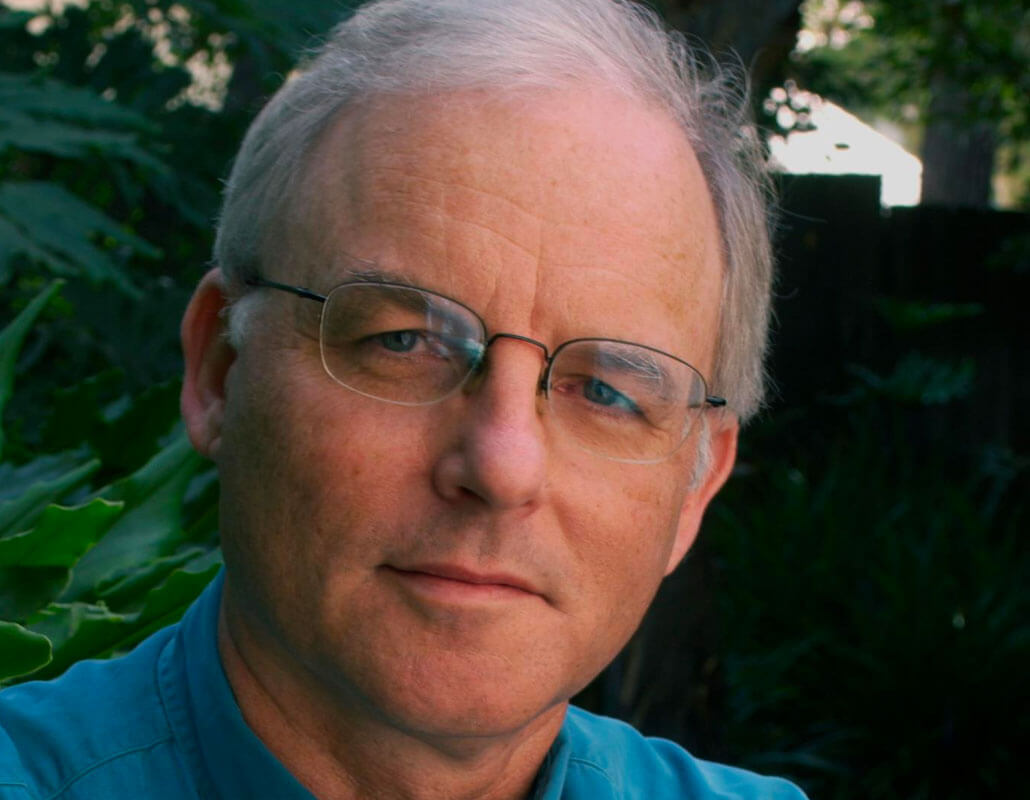
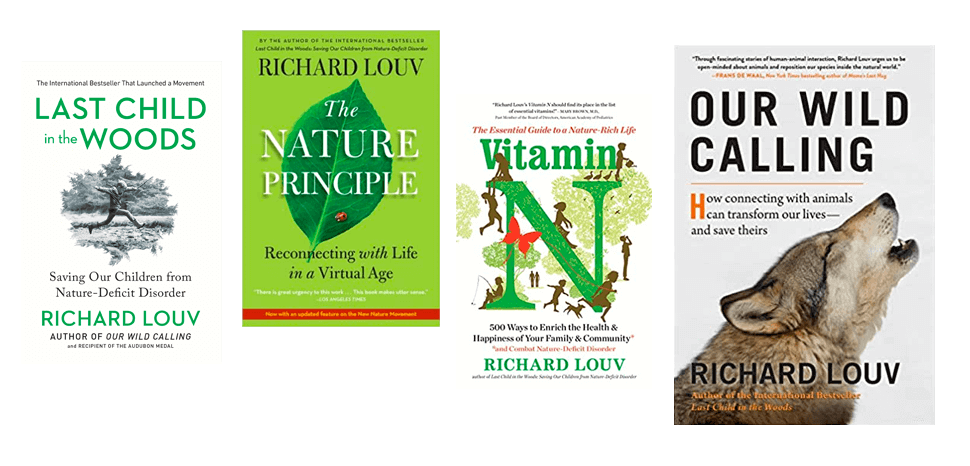
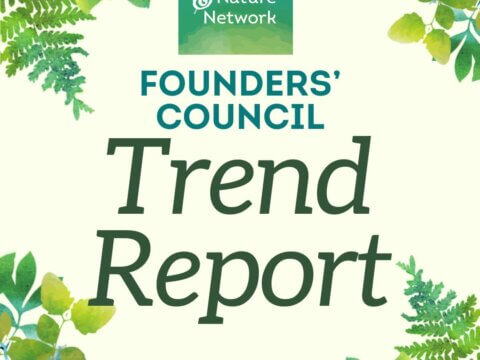
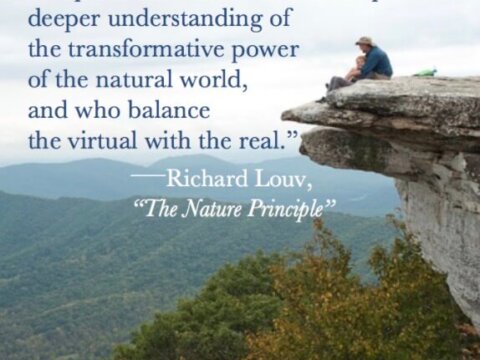
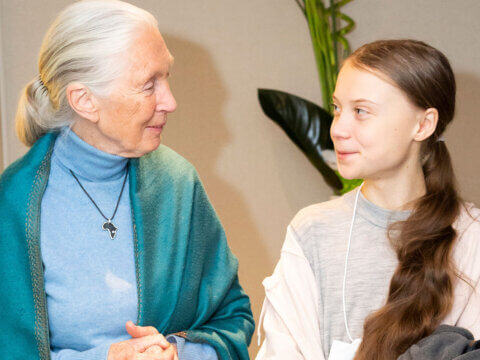
Commentaries on the C&NN website are offered to share diverse points-of-view from the global children and nature movement and to encourage new thinking and debate. The views and opinions expressed are those of the author(s) and do not necessarily reflect the position of C&NN. C&NN does not officially endorse every statement, report or product mentioned.